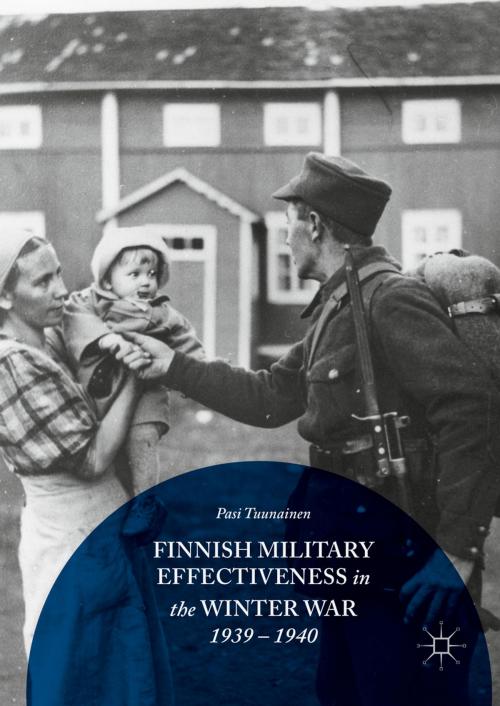Finnish Military Effectiveness in the Winter War, 1939-1940
Nonfiction, History, Asian, Russia, European General| Author: | Pasi Tuunainen | ISBN: | 9781137446060 |
| Publisher: | Palgrave Macmillan UK | Publication: | June 25, 2016 |
| Imprint: | Palgrave Macmillan | Language: | English |
| Author: | Pasi Tuunainen |
| ISBN: | 9781137446060 |
| Publisher: | Palgrave Macmillan UK |
| Publication: | June 25, 2016 |
| Imprint: | Palgrave Macmillan |
| Language: | English |
This book analyzes the multi-faceted phenomenon of Finnish military effectiveness in the Winter War (1939–40). Drawing on a wide array of primary and secondary sources, Pasi Tuunainen shows how by focusing on their own strengths and pitting these against the weaknesses of their adversary, the Finns were able to inflict heavy casualties on the Red Army whilst minimizing their own losses. The Finns were able to use their resources for effective operational purposes, and perform almost to their full potential. The Finnish small-unit tactics utilized the terrain and Arctic conditions for which they had prepared themselves, as well as forming cohesive units of well-motivated and qualitatively better professional leaders and citizen soldiers who could innovate and adapt. The Finnish Army had highly effective logistics, support and supply systems that kept the troops fighting.
This book analyzes the multi-faceted phenomenon of Finnish military effectiveness in the Winter War (1939–40). Drawing on a wide array of primary and secondary sources, Pasi Tuunainen shows how by focusing on their own strengths and pitting these against the weaknesses of their adversary, the Finns were able to inflict heavy casualties on the Red Army whilst minimizing their own losses. The Finns were able to use their resources for effective operational purposes, and perform almost to their full potential. The Finnish small-unit tactics utilized the terrain and Arctic conditions for which they had prepared themselves, as well as forming cohesive units of well-motivated and qualitatively better professional leaders and citizen soldiers who could innovate and adapt. The Finnish Army had highly effective logistics, support and supply systems that kept the troops fighting.















